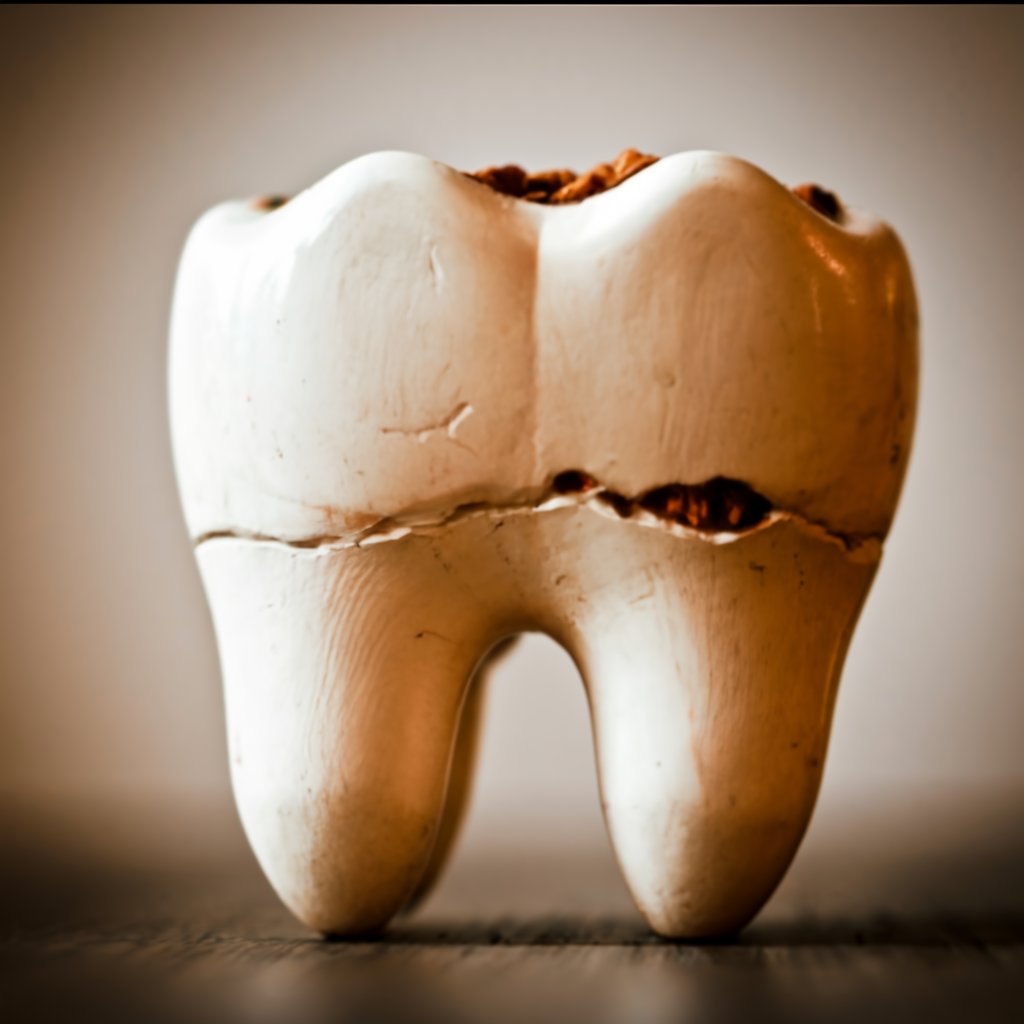Introduction : Oral health is a critical component of overall well-being, yet dental problems are common across all age groups. Understanding these issues and knowing how to address them can significantly impact your quality of life and general health. This comprehensive guide delves into some of the most frequent dental concerns, offering insights into their causes, prevention, and treatment options. By equipping yourself with this knowledge, you can take proactive steps towards maintaining a healthy and vibrant smile.
Cavities and Tooth Decay: Causes: Cavities, also known as dental caries or tooth decay, occur when plaque forms on the teeth and converts sugar into acid, which then erodes the tooth enamel. Factors contributing to cavity risk include poor oral hygiene, frequent snacking on sugary foods, and not getting enough fluoride.

Prevention: Good oral hygiene is paramount. Brushing twice a day with fluoride toothpaste, flossing daily, and reducing sugary snack consumption can drastically reduce your risk. Regular dental check-ups and cleanings are also essential for spotting early signs of decay and applying preventive treatments like fluoride varnish or dental sealants.
Treatment: Treatment options vary depending on the decay stage. Early cavities can sometimes be reversed with fluoride treatments, while more advanced decay may require fillings, crowns, or even root canals if the damage reaches the tooth’s nerve.
Gum Disease (Periodontitis and Gingivitis): Causes: Gum disease starts with gingivitis, caused by plaque buildup at the gumline. If untreated, it can advance to periodontitis, leading to the gums pulling away from the teeth and forming pockets that become infected.
Prevention: Prevention focuses on removing plaque through regular brushing, flossing, and dental cleanings. Lifestyle changes, such as quitting smoking and managing diabetes, can also help reduce risk.
Treatment: Treatment aims to control the infection and may include deep cleaning (scaling and root planing), medications, and, in severe cases, surgery. Maintaining excellent oral hygiene after treatment is crucial to prevent recurrence.
Tooth Sensitivity : Causes: Sensitivity occurs when the tooth’s enamel wears down, exposing the dentin or when gum recession exposes the root surface. Triggers include hot, cold, acidic, or sweet foods and drinks.
Prevention: Use desensitizing toothpaste, avoid acidic foods, and use a soft-bristled toothbrush to prevent further enamel wear. Consider fluoride treatments to strengthen enamel.
Treatment: Treatments include fluoride varnishes, desensitizing products, and, in some cases, dental restorations to cover exposed roots or replace worn enamel.
Halitosis (Bad Breath): Causes: Halitosis can result from poor oral hygiene, gum disease, dry mouth, smoking, and certain foods. It can also indicate medical conditions outside the oral cavity.
Prevention: Regular brushing and flossing, cleaning the tongue, staying hydrated, and regular dental check-ups can help prevent bad breath. Identifying and treating any underlying causes is also important.
Treatment: Besides maintaining good oral hygiene, treating any underlying dental or medical issues is necessary. Professional dental cleanings can remove plaque and tartar that contribute to bad breath.
Oral Cancer: Causes: Risk factors include tobacco use, heavy alcohol consumption, HPV infection, and excessive sun exposure to the lips.
Prevention: Avoiding tobacco and reducing alcohol consumption are key preventive measures. Regular dental visits for oral cancer screenings are also crucial for early detection.
Treatment: Treatment options include surgery, radiation therapy, and chemotherapy, depending on the cancer stage and location. Early detection significantly improves treatment outcomes.
Conclusion: Understanding common dental problems and their solutions empowers you to take charge of your oral health. Prevention through good oral hygiene practices and regular dental visits is the cornerstone of avoiding these issues. However, should problems arise, modern dentistry offers a range of effective treatments to restore health and functionality. Remember, your dentist is your partner in maintaining a healthy smile, so don’t hesitate to seek their advice and treatment when needed.
This detailed guide serves as a valuable resource for patients, highlighting the importance of both preventative care and timely treatment for common dental issues. By addressing these problems head-on, individuals can enjoy better oral health and overall well-being.
